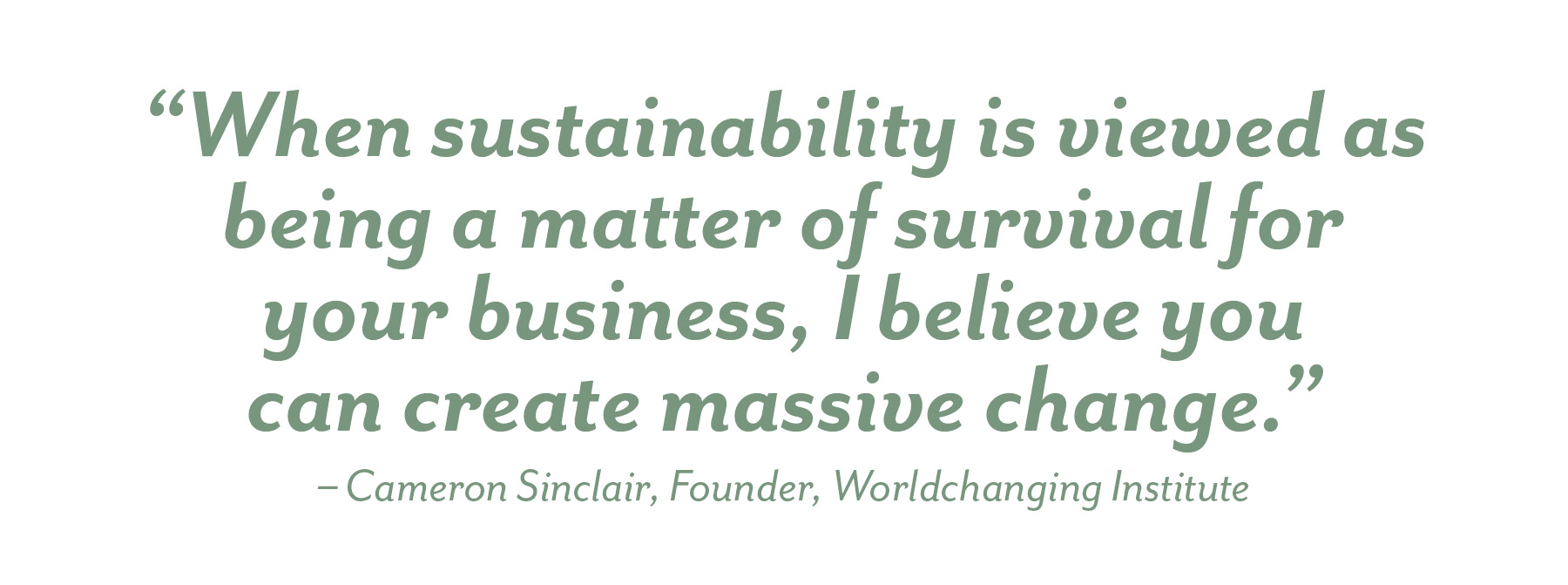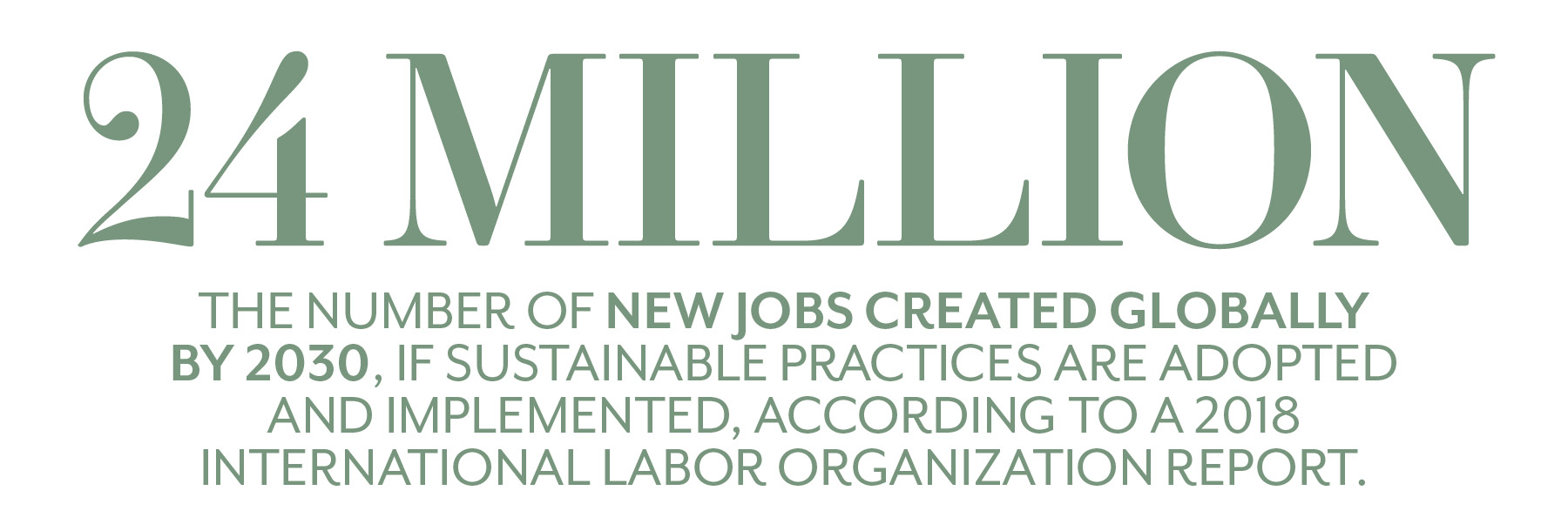Language
You can read the magazine in one of the following languages
A new report from the World Economic Forum and Accenture, the ‘Net-Zero Industry Tracker 2023’, underscores the need for US$13.5 trillion in investments by 2050 to expedite the decarbonization of challenging industrial sectors.
Focusing on steel, cement, aluminum, ammonia, oil and gas, aviation, shipping and trucking, the report identifies these sectors as responsible for 40 percent of global greenhouse gas emissions and facing significant decarbonization challenges.
The report urges global funding and enhanced policy incentives to facilitate the scaling of clean power, clean hydrogen and carbon capture within industrial clusters. It emphasizes the urgency of transitioning these sectors to achieve net zero emissions, particularly as they rely on fossil fuels for 90 percent of their energy demand.
The report outlines pathways to accelerate decarbonization and emphasizes the necessity of investments in clean energy. The findings stress the importance of an enabling environment that is robust, while encouraging the pursuit of low-emission technologies, policies and investments.
Highlighting the role of collaboration between public and private sectors, the report suggests that institutional investors and multilateral banks play a significant role in providing access to low-cost capital linked to emissions targets. The report highlights five key areas – technology, infrastructure, demand, policy and capital – to drive net zero industrial transformation.


The United States Postal Service (USPS) has unveiled ambitious sustainability targets for 2030, emphasizing a commitment to reducing greenhouse gas emissions and fostering environmental awareness.
As part of its Delivering for America plan, USPS aims to cut emissions from fuel and electricity by 40 percent and service purchases by 20 percent by 2030, aligning with a broader effort to decrease operating costs by US$5 billion. The plan involves streamlining transportation and operations, consolidating facilities and adopting new technologies.
The USPS sustainability goals focus on three core areas: climate action, the circular economy and promoting environmental awareness. It expects to achieve these goals by deploying the service’s first electric delivery vehicles in 2024 and diverting 75 percent of waste from landfills. These two initiatives alone are expected to constitute one of the largest commitments to vehicle electrification globally and increase packaging recyclability to 88 percent, boosting renewable energy use to 10 percent by 2030.
USPS emphasizes employee education and engagement, signaling a comprehensive approach to creating a greener and more efficient organization while meeting the expectations of customers and partners.

A recent study, published in Scientific Reports, highlights the potential for optimistic framing to significantly increase responsible investment among investment professionals.
The global warming crisis necessitates a shift away from funding fossil fuels and carbon divestment is crucial to address the impending climate emergency. However, responsible investments currently represent a modest share of global assets.
The study conducted an ‘incentivized artefactual field experiment’ with investment professionals, finding that framing divestment as a social norm and using an optimistic message delivered by a credible messenger enhanced responsible investment.
The optimistic framing, emphasizing the temporary nature of divestment costs and the lasting benefits, led to a 3.6 percent increase in responsible investment. On a global scale, this would equate to a shift in asset allocation worth up to US$3.6 trillion.


These are the seven best-performing, ESG mutual funds based on five-year returns, according to NerdWallet.
1. Baron Durable Advantage Retail (BDAFX): 18.5 percent
2. Amana Growth Investor (AMAGX): 18.12 percent
3. Payson Total Return (PBFDX): 16.59 percent
4. AB Large Cap Growth Advisor (APGYX): 16.33 percent
5. Commerce Growth (CFGRX): 16.25 percent
6. State Street US Core Equity Fund (SSAQX): 15.89 percent
7. Evercore Equity (EWMCX): 15.54 percent
